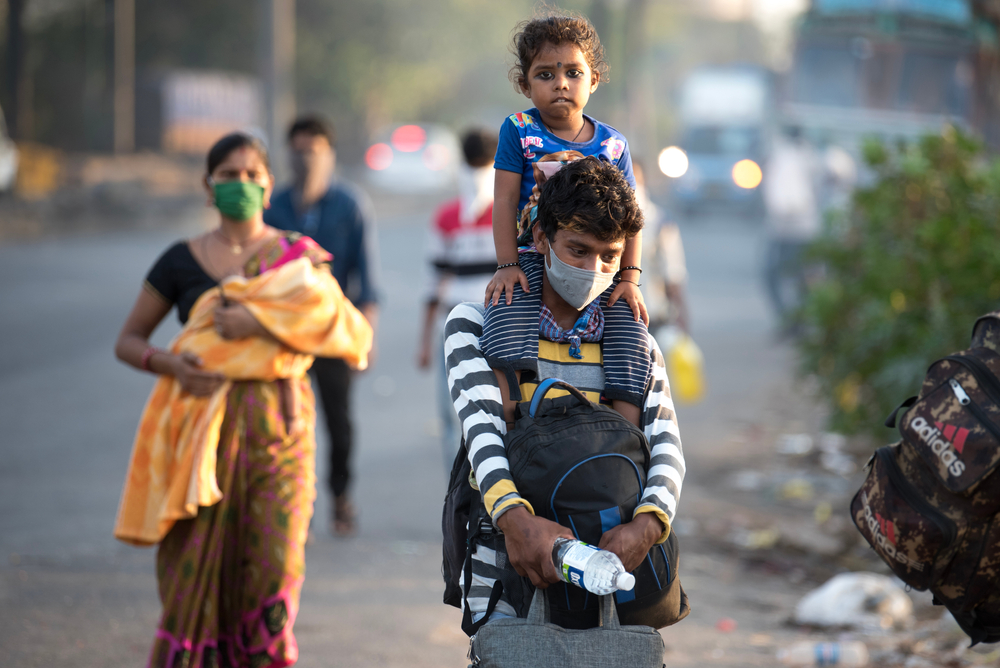Air pollution is a significant public health concern globally, and India is among the worst affected nations in the world.
Small air pollution particles called PM2.5 expose nearly everyone across the world to unhealthy levels. In addition, more than 70% of days globally are seeing levels above what is safe. This is according to a study published in The Lancet Planetary Health journal. The Energy Policy Institute at the University of Chicago (EPIC) also released a new Air Quality Life Index (AQLI) analysis. It highlights how air pollution is the greatest threat to human health in India, reducing life expectancy by an average of five years.
The impact of air pollution on life expectancy in India
India is the second most polluted country in the world after Bangladesh. Its people loses an average of five years of life expectancy due to air pollution. This is relative to what it would be if new stringent World Health Organization (WHO) norms were met. The IndoGangetic plains of northern India are where nearly 40% of India’s population resides. People there are on track to lose 7.6 years of life expectancy on average if current pollution levels persist. Delhi is the world’s most polluted capital. People would lose ten years of their lives in a business-as-usual scenario of not adhering to the new WHO standards.
The impact of air pollution compared to other risk factors in India
The EPIC’s AQLI converts air pollution concentrations into their impact on life expectancy, noting that the impact of air pollution on life expectancy is comparable to that of smoking, more than three times that of alcohol use and unsafe water, six times that of HIV/AIDS, and 89 times that of conflict and terrorism. Child and maternal malnutrition reduce life expectancy by about 1.8 years, and smoking reduces it by an average of 1.5 years.
India’s efforts to combat air pollution
India launched its National Clean Air Programme (NCAP) in 2019. It has the goal of reducing particulate pollution by 20-30% relative to 2017 levels by 2024. However, the NCAP targets are non-binding. Therefore, as of 2020, India’s average annual particulate pollution (PM2.5) has increased by over 61%. The EPIC report notes that about 44% of the world’s increase in pollution has come from India since 2013. Also, air pollution continued to increase in south Asia, the most affected region of the world, during the first year of the pandemic despite Covid lockdowns.
The way forward
To combat the threat of air pollution in India, there is a need for governments to prioritize it as an urgent policy issue. While India has launched the NCAP, a permanent, nationwide reduction of 25%, the midpoint of NCAP’s target range, would increase India’s average national life expectancy by 1.4 years and by 2.6 years for residents of the national capital territory of Delhi. It is vital to achieve and sustain this reduction in particulate pollution to lead to remarkable health improvements in the region.
Conclusion
Air pollution is a looming threat to public health in India, with the impact on life expectancy comparable to that of smoking. India, the second most polluted country globally, loses an average of five years of life expectancy due to air pollution. While India has launched the NCAP, a permanent, nationwide reduction of 25% is needed to achieve remarkable health improvements in the region. Governments need to take urgent action to combat the threat of air pollution and safeguard public health.














